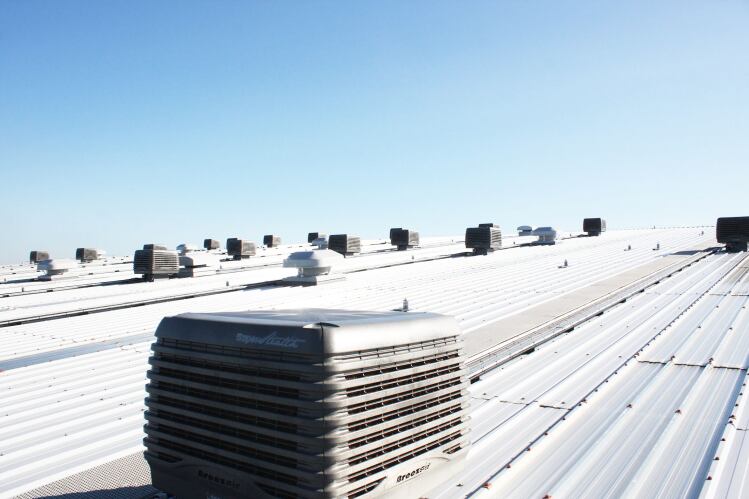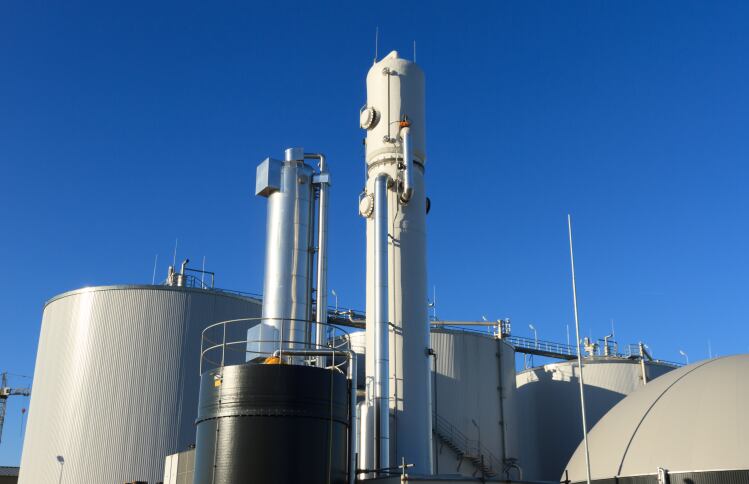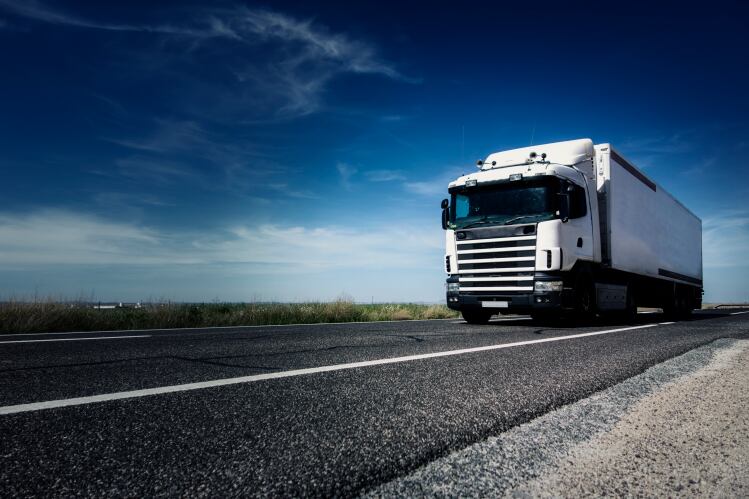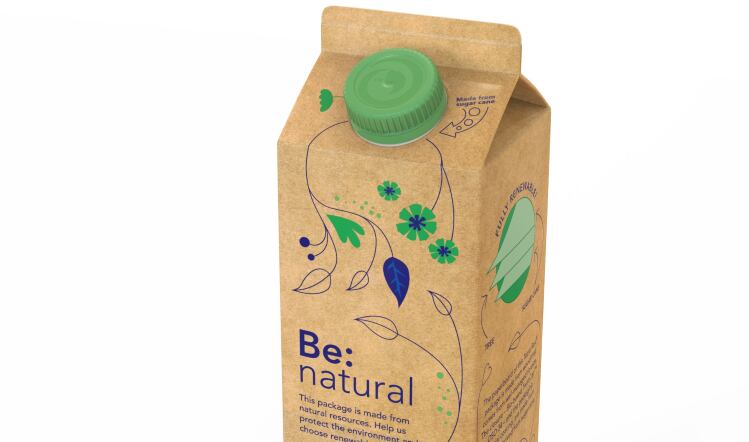Beyond the obvious moral imperative, becoming greener does wonders for a company’s reputation – typically allowing it to trim costs as well as reduce waste.
Take the example of Arla, which, from 2015 to 2018, cut the annual emissions of carbon from the UK’s largest dairy at Aylesbury by more than half – the equivalent of 15,000t – by switching to biogas. It has since created a circular economy for its Aylesbury operations by working with McDonald’s and cooking oil recycling company Olleco.
“One of the greatest challenges facing us all is providing natural, nutritious food for a growing population while reducing our collective impact on the world around us,” says Arla Foods UK managing director Ash Amirahmadi.
Meanwhile, Danone’s new, €240m (£212m) Nutricia Cuijk infant formula plant in the Netherlands uses 100% renewable electricity and provides double the capacity of its local, legacy plant, despite using 60% less water, 25% less energy and emitting 50% less CO2.
While not all food businesses can afford to transform their operations, there are plenty of manageable changes the average firm can make. Better still, many are low- or no-cost, and virtually all save money and improve resource efficiency.

Save your energy
An energy audit is the obvious place to begin. The Carbon Trust has a handy guide to carrying out a simple ‘walk-through’ energy survey, and its Green Business Fund helps small and medium-sized firms find ways to improve energy efficiency. “Since 2016, the Green Business Fund has supported hundreds of small businesses to identify an average potential saving of £8,230 on their energy spend,” says the Trust.
Each factory is different, but there’s a clear line-up of usual suspects when it comes to potential energy savings. Compressed air, for instance, is notoriously energy-hungry, since compressors generate a lot of waste heat, which reputable suppliers can help food fims recover and reuse.
Ingersoll Rand recently introduced Energy Recovery Units that work with oil-free compressors to heat water, which customers can use in their processes or for space heating. The units aim to recover and reuse over 80% of the energy used by the compressor.
“The energy saving potential of this unit goes hand in hand with the impact it can have on decarbonisation,” says Boris Takov, marketing leader at Ingersoll Rand Compression Technologies and Services in Europe.
Other essential systems such as lighting and air conditioning may not constitute a food firm’s core energy concern, but they can still make a big contribution to savings. Switching to LED lighting has never been easier, with improved substitutions increasingly available. Chalmit’s Protecta XLED, for example, is designed to be a better version of traditional linear industrial lighting – up to 50% brighter and with a maintenance-free lifespan of more than 120,000 hours at 25°C.
Similarly, the latest climate control systems promise huge savings. The Breezair TBSI 580 from Seeley (see picture, left), which won the energy reduction product category at last year’s Energy Management Awards, is based on evaporative cooling and saves up to 90% in running costs compared with reverse cycle air conditioning units.
Check your sources

On the supply side, renewables such as wind can provide a guilt-free answer to on-site power generation. Support is available in the UK via the Feed-in Tariff, which is designed to promote renewable installations up to 5MW. There’s also a new scheme being developed through Electricity Market Reform, which will be called a ‘Feed-in Tariff with a Contract for Difference (CfD)’.
Moreover, many food industry sites produce waste streams rich in organic matter. Anaerobic digestion (AD) enables manufacturers to turn waste food and contaminated water into biogas and/or solid fuel, yet AD is currently growing eight times slower in food and drink than in the agricultural sector, according to wastewater asset management company Alpheus Environmental, part of Anglian Water Group.
“With the risk of the UK falling behind other industrialised countries, the Government, the wastewater management industry and the food and beverage sector need to work together to make AD a more appealing and accessible option for industrial-sized companies,” says Steven Wilcox, head of business development at Alpheus.
AD technology is improving, however. Advetec, an engineering firm specialising in the bio-degradation of waste, has formed a partnership to incorporate Untha’s shredding technology into its rapid digestion system.
The combined system can achieve a 60–90% mass reduction of mixed organic waste streams in less than 72 hours. The Advetec XO series can process anything from 500kg to 10,000kg per day into a dry, high-calorific value output material.
Liquid assets
Reducing water consumption is a key green move. Between 2007 and 2017, reporting Food and Drink Federation members reduced their absolute water consumption by 38.8%, while the amount of water consumed per tonne of product was reduced by 40.1%. Case studies on FDF’s website show how these have been achieved.

Think lean
While energy is the most obvious target, companies can also tackle sustainability in a broader sense. A razor-sharp focus on the many small changes that can chip away waste is the foundation of lean manufacturing.
“Factories need to move from solely focusing on a few large capital projects to including the systematic management of the hundreds of small, inexpensive adjustments that can drive continuous improvement,” says Manufacture 2030 founder Martin Chilcott. “Cambridge University’s Institute for Manufacturing says improving resource efficiency could save UK manufacturers £10bn.”
Manufacture 2030, which offers cloud-based software to manage resource efficiency, claims UK firms could achieve sustainable improvements of between 3–5% a year, or 7% for best-in-class performers.
Take control
Better control has always helped to optimise processes and improve efficiency. For example, fitting motors with variable speed drives (VSDs) saves energy by automatically matching the speed of motors to meet variable demand when running equipment such as pumps, fans and compressors.
VSDs are hardly a new idea, but the Internet of Things is now generating fresh control systems, many of which can be monitored remotely to enable ongoing optimisation of processes.
For example, Bühler Aeroglide’s systems for drying products such as pasta or extruded snacks are now linked up with its cloud-based tools, like Moisture Pro, which can manage the drying process to within 1% accuracy. This helps prevent over-drying, with a typical feed dryer able to save $300,000 (£236,000) a year by increasing the discharge moisture content by 1%.
Beyond the factory gates
Sustainability doesn’t start and end at the factory gates. Associated supply chains and logistics networks are key contributors to the overall carbon footprint of any business.

Innocent Drinks is among those companies taking aim at overall carbon neutrality, having called in specialist consultant EcoAct to help it gather data and calculate its impact through the fruit supply chain.
“EcoAct has been instrumental in helping us work out what our climate change target should be as well as the best way to achieve the target,” says Innocent sustainability manager Simon Reid.
Meanwhile, in logistics and distribution, the Freight Transport Association (FTA) is actively promoting a number of sustainability initiatives.
“The Government has set an aggressive target of rapidly reducing emissions from road transport by 15%, and there are many ways in which this can be achieved,” suggests Christopher Snelling, head of UK policy at the FTA.
Statistics provided by the latest report on the FTA-managed Logistics Emissions Reduction Scheme showed that members of the scheme achieved a 4% reduction in CO2 emissions in 2017 alone.




